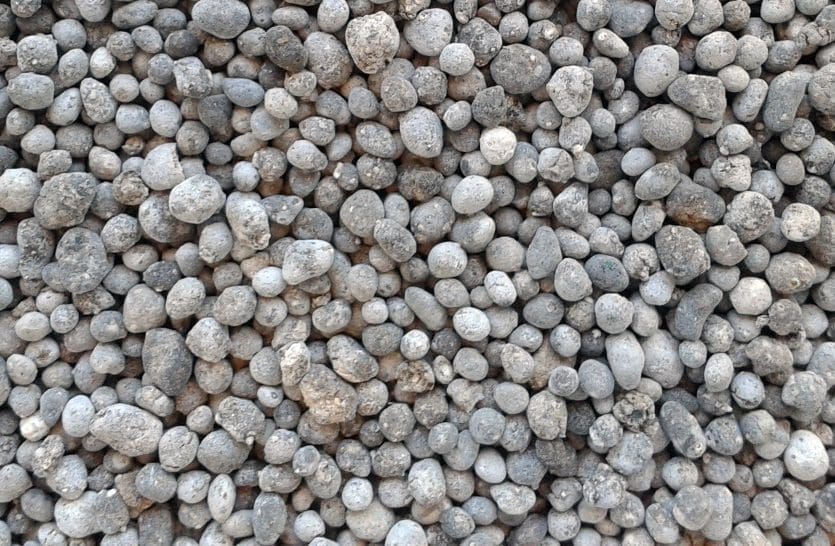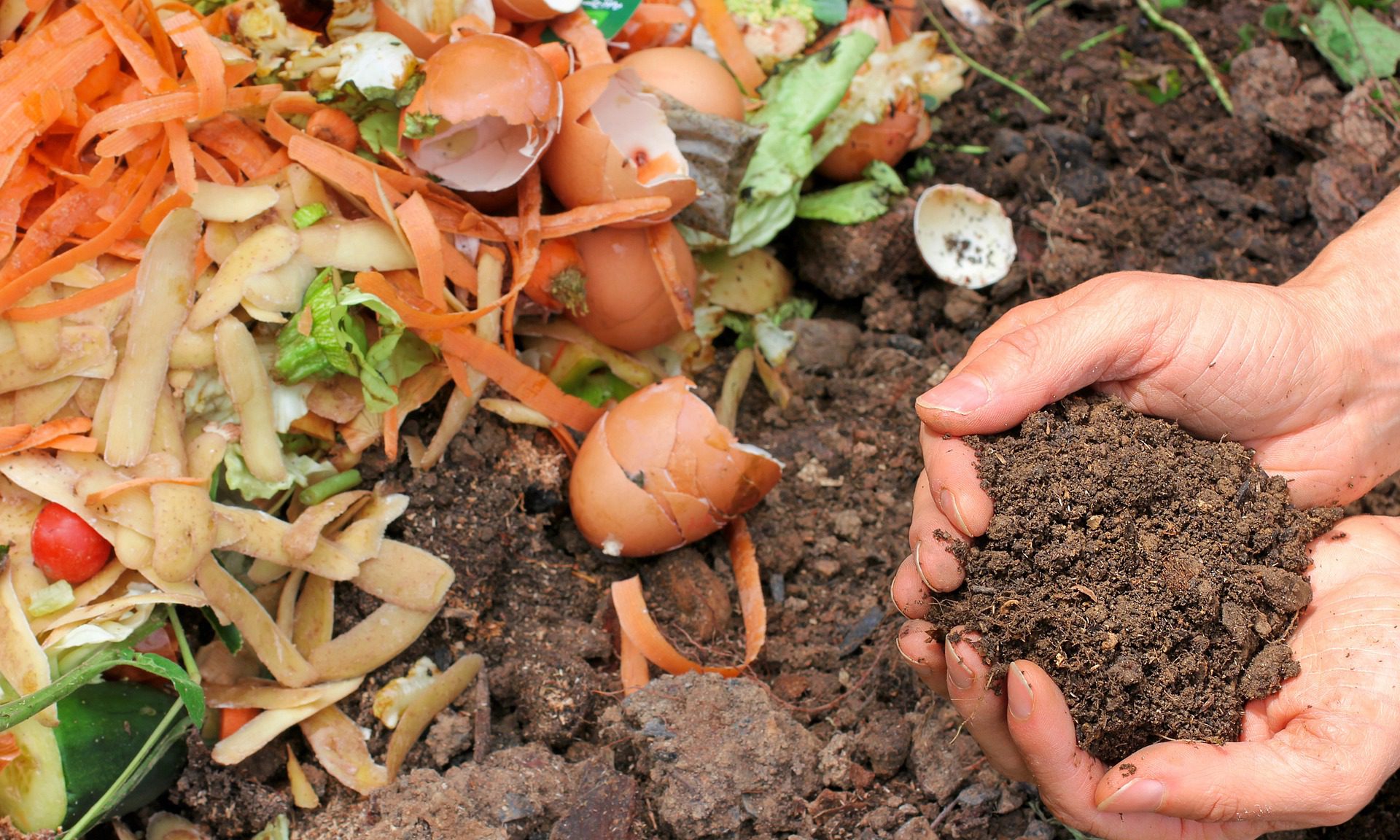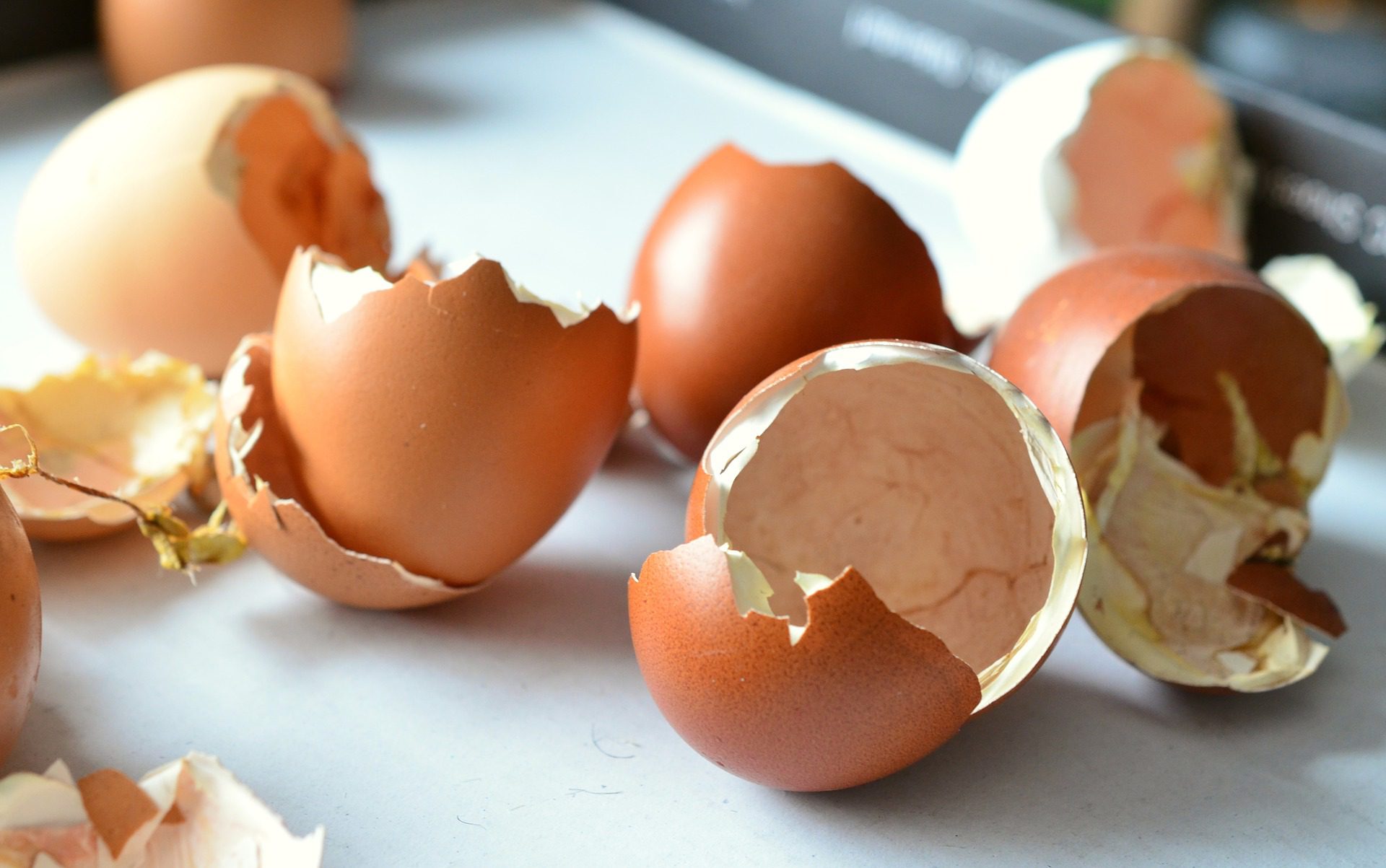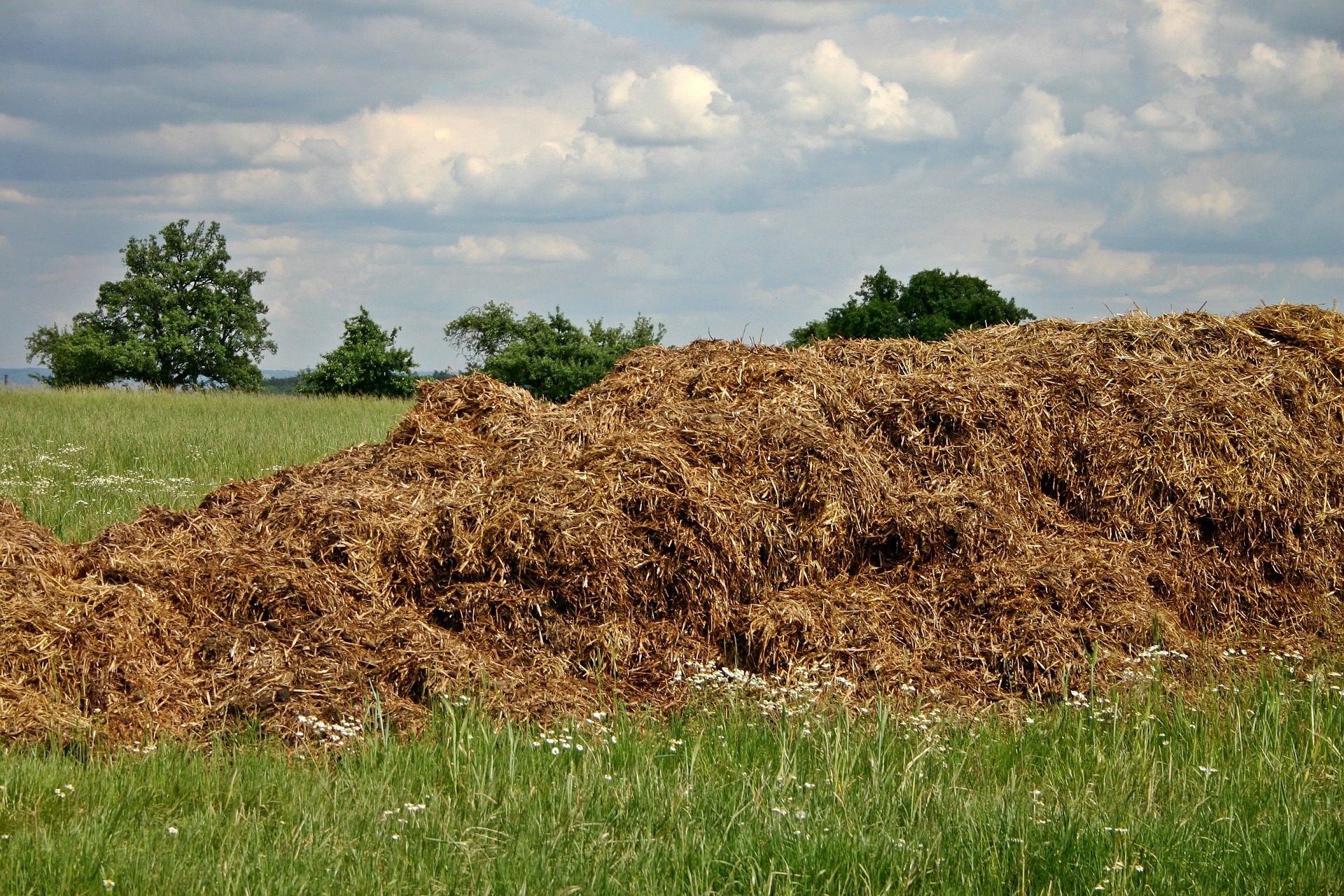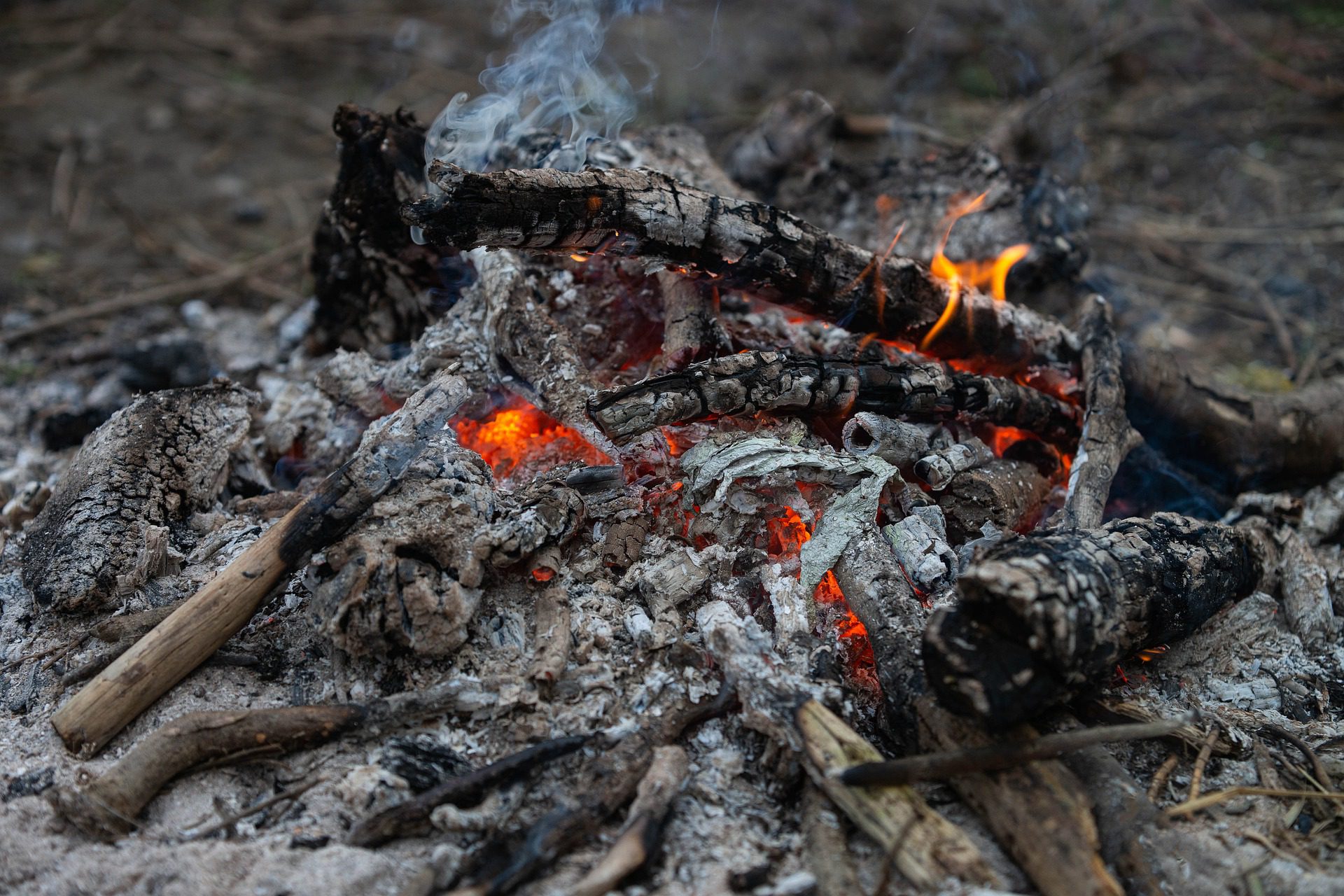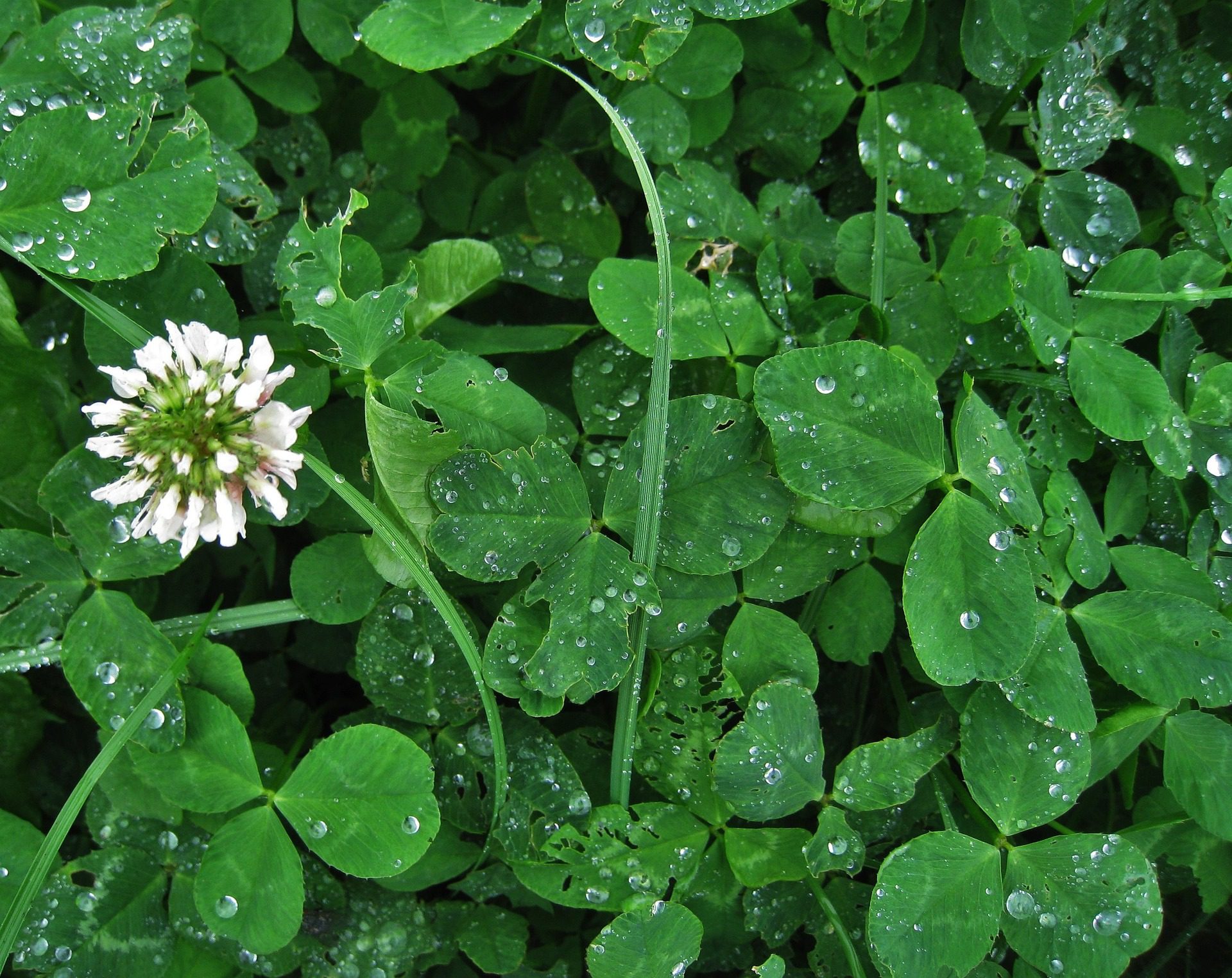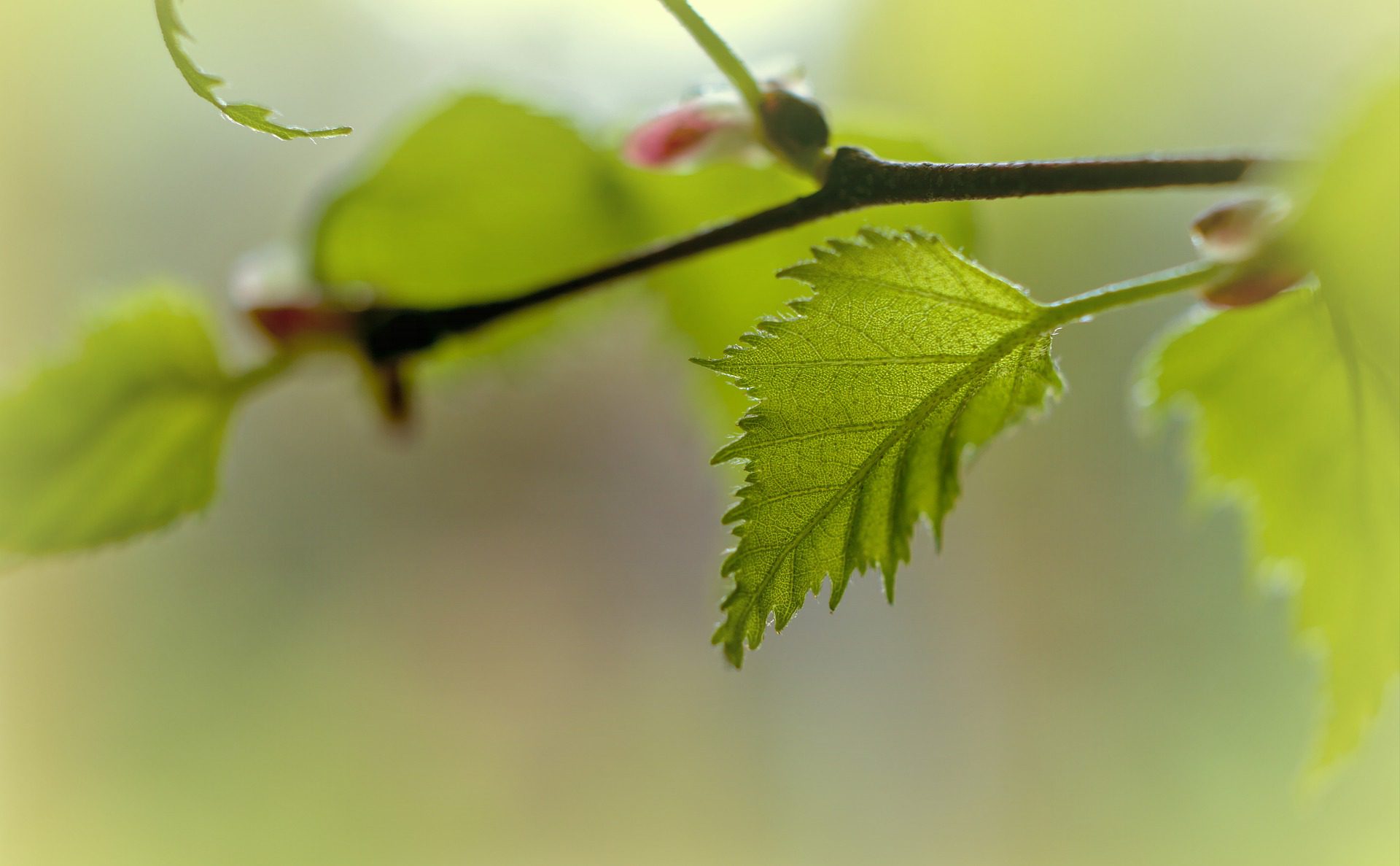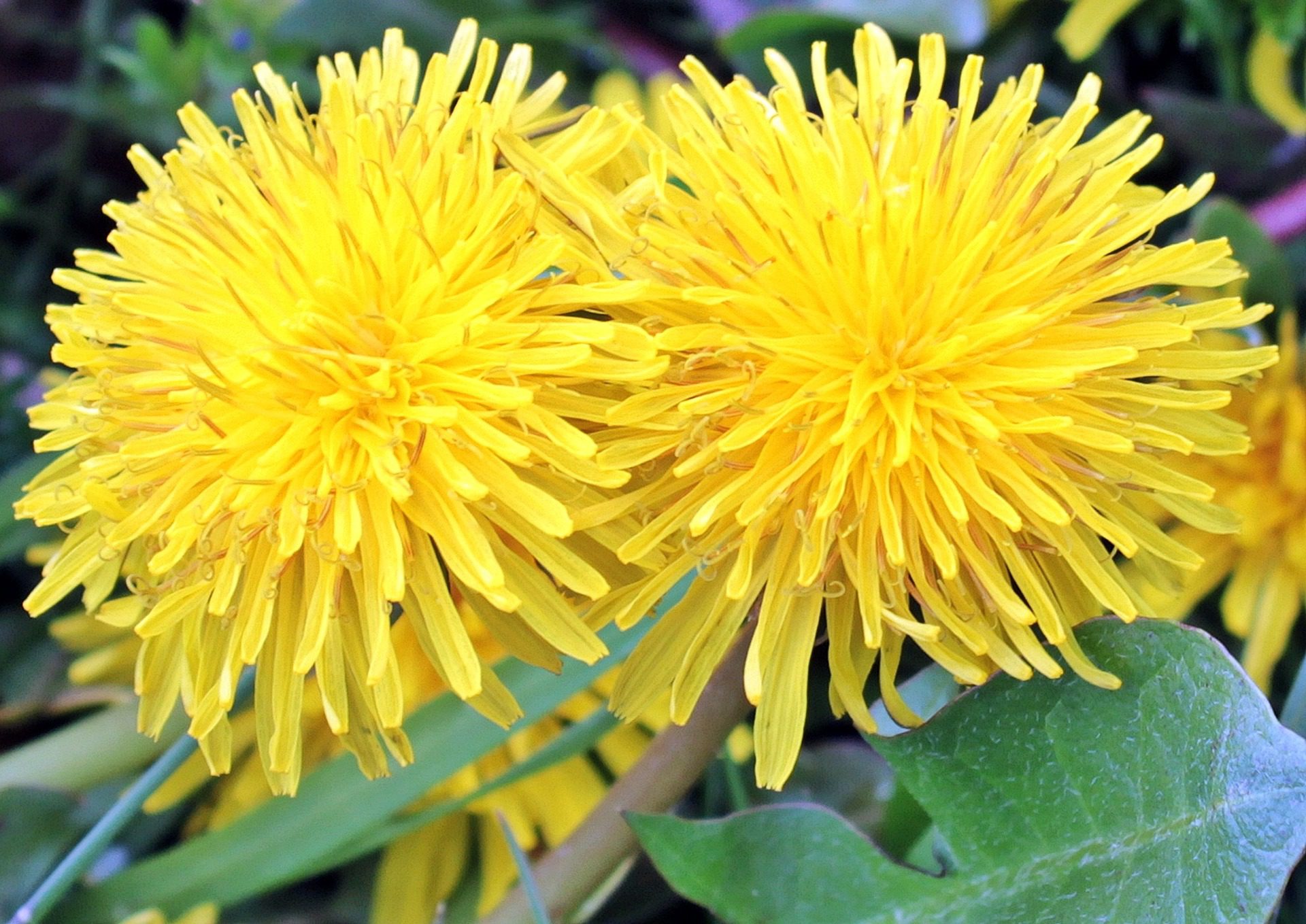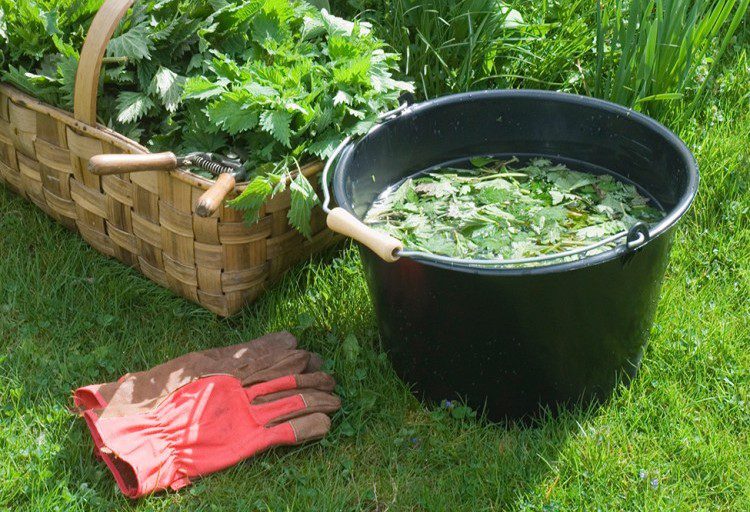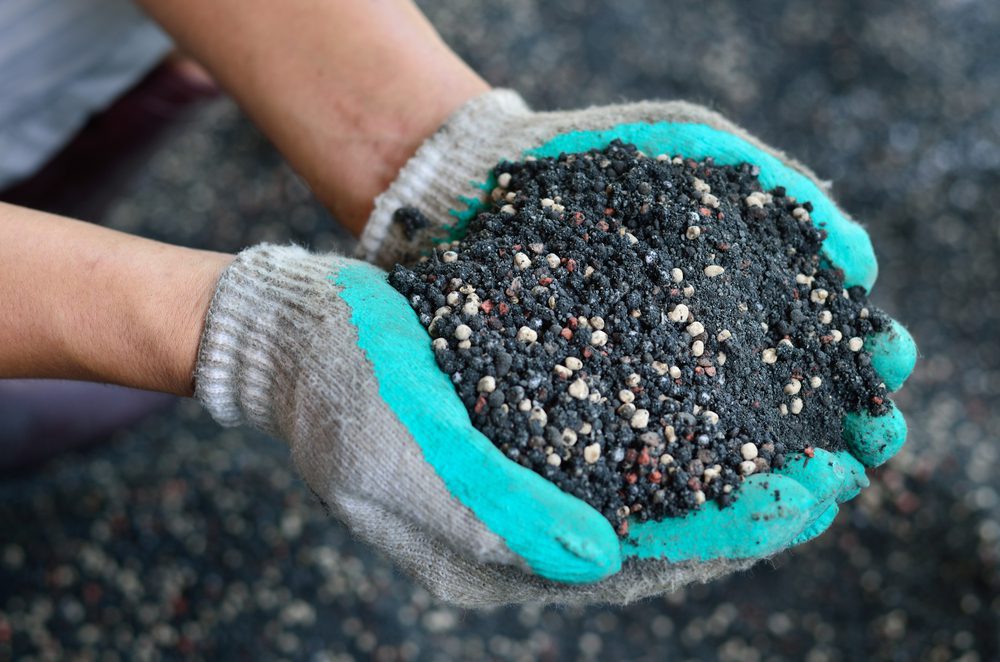
The Different Types of Fertilizers
Nutrients (fertilizers) are added to plants in order to help obtain better results. They can be incorporated directly into the soil, through irrigation water and through hydroponics. The different types of fertilizers are minerals, organic and organo-minerals.
Mineral fertilizers:

Mineral fertilizers are made of substances of mineral origin. Some are produced by exploiting natural deposits, especially crushed rocks such as lava dust (volcanic rocks), serpentine and basalt powder.
However, the majority of mineral fertilizers are manufactured by chemical industries, therefore called chemical fertilizers.
Depending on the content of primary nutrients: nitrogen (N), phosphorus (P) and potassium (K), these fertilizers are simple and contain only one of these elements. They can be nitrogenous, phosphate or potassium. Others are compound: binary (two primary elements) or ternary (three primary elements). They are manufactured in a way that they are quickly assimilated by the plants, allowing for good efficiency. The quantity of these elements present in the fertilizers is indicated on the package following the NPK order.
However, it can be noticed that these industrially produced mineral fertilizers concentrate mainly on the primary macro elements necessary for the plant and neglect the macro secondary elements and trace elements.
Organic fertilizers:
Organic fertilizers are of animal or vegetable origin (although they can be synthesized like urea). Most of them have the property of favouring the rapid multiplication of the soil microflora as well as having a slow decomposition due to their structure in large molecules.
- Various organic wastes which can come from industrial waste. Some of these wastes are very rich in nitrogen such as feathers and urea, others in phosphorus such as bones and roasted horns, or in potassium such as ashes.
- Plants and plant wastes composted of wastes. Others are preparations such as slurry, decoctions or infusions. Nettle slurry, very rich in nitrogen and trace elements, strengthens the immune system of plants and acts as an insecticide.
- Some plants are cultivated and then cut before being left in place or buried. This cultivation technique is called green manure.
- These are classified into two (2) categories: plants with a large root system such as rye or buckwheat that collect and release mineral elements from deep within the soil, aerating the soil and regulating excess nutrients. Plants of the legume family, such as clover and alfalfa, which provide nitrogen through their ability to recover nitrogen from the soil. These plants release, as they decompose, the elements necessary for plants and reinforce the life and structure of the soil.

Green manures:
- Compost from garden and kitchen waste is an excellent source of nitrogen for the soil. Wait until spring to incorporate it into the flower beds, to a depth of 2 cm.
- Coffee grounds, placed directly on the soil, will amend the soil and keep slugs and snails away.
- Crushed eggshells are an excellent source of calcium, but are very alkaline and may alter the environment in acidic soil.
Manure
- Allow cow manure to age before spreading it. To do this, place it in a pile, wet it thoroughly and cover it with a tarp to keep it moist – this will speed up decomposition. Spreading is done in the fall. The manure should be carefully incorporated into the soil. Spread commercially dried manure directly on the beds, or use it as a compost activator.
Powder and ash
- In spring, enrich the soil with bone meal or dried blood, which contains phosphorus and calcium.
- Spread wood ash – the fertilizer of choice for potatoes, carrots, tomatoes, celery and roses – in the furrows and planting holes.
Green manures
Ferns, roses and tomato plants will flourish with milk fertilizer: mix one part milk and three parts water. The plants will absorb the amino acids from the milk through the roots. This mixture also prevents the development of powdery mildew.
Rain deprives sandy soils of their nutrients. Therefore, they require more fertilizer and should be enriched with nitrogen, for example in the form of borage extract.
Leave some of the grass clippings and leaves on the lawn and garden; as they decompose, they will enrich the soil.
Green manure is particularly suitable for unused areas and plots with permanent crops (strawberries, rhubarb, roses, asparagus…).
The plants sown in the spring for green manure will be picked just before flowering, then cut into small pieces before being incorporated into the soil. Thus, they will enrich the soil with nutrients.
Plants slurry
- A birch leaf slurry, prepared with fresh leaves, prevents scab on leaves and fruit.
- Dandelion manure, on the other hand, improves the quality of fruit borne by shrubs and trees.
To make slurry from birch leaves and dandelion plants.
- Place 1 K of fresh plants or 150 g of dried plants in 1 L of water and let macerate for 10 to 20 days, stirring daily.
- Plant purines are always used diluted.
To make a nettle slurry
- In a large basin, crush 1 K of fresh nettles or 150 g of dried nettles, pour 10 L of water over it. Cover with aluminum foil or a lid, and let macerate for three weeks, stirring daily, then strain the preparation.
- Nettle manure makes plants more resistant. Better to apply when the weather is cloudy.
Plants need food to survive and grow. Adding organic fertilizers changes the nutrient composition of the soil, to improve or adapt it to the plants’ requirements. Organic fertilizers are easy to use and effective for a long time.
Organo-mineral fertilizers :
Organo-mineral fertilizers are composed of mineral materials and a minimum of 25% organic substances of animal or plant origin. They form a mixture of mineral and organic fertilizers and act in a gentle and sustained manner on plants.
